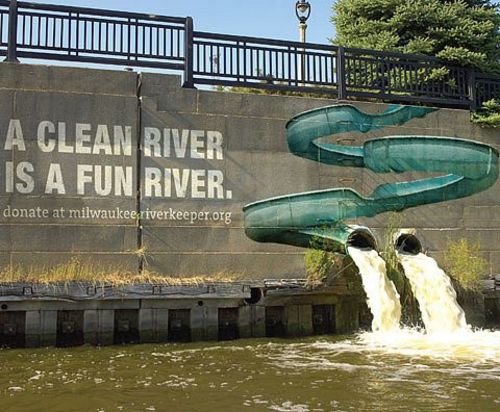We can date beginning of site specific art in latter part of the 20th century, coming from minimalism.
Site specific art can be interpreted quite easily – as an art work situated out of traditional spaces like gallery or museum, which has also strong connection to the particular place. Usually „site specific art“ can´t be moved on different place, because it will cause its destruction on loosing its meaning. Artists choose the locality from different reasons – its history, people, issues, geographical location or its material which will be a part of the art work. Site specific art can be installed anywhere in our environment, but also in media spaces such as radio, newspaper, television and Internet. Although few things unite these artists in terms of similarity of works, most share a desire to explore the relationship of the idea of public space and local interaction.
Site specific art has a strong aspect. Since the art is „coming“ to his audience. Art is not anymore closed between walls, but it is situated outside in human´s environment. Anybody can see it, it becomes part of our life. Site specific art is answering on concrete issues and makes people questioning about its meaning. The audience of this art are local people of every age, status, gender, political view and economical situation. Site specific art can be very „social“ and be placed in urban environment, but it can be also situated in nature. That requires people´s effort to get on the place and see it.

No comments:
Post a Comment